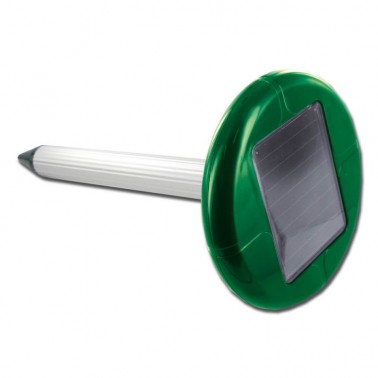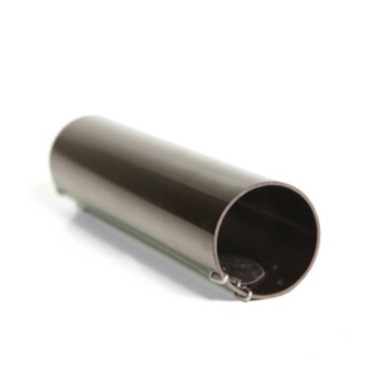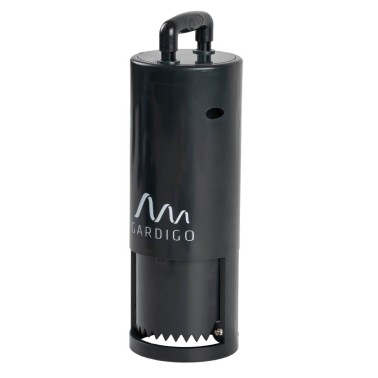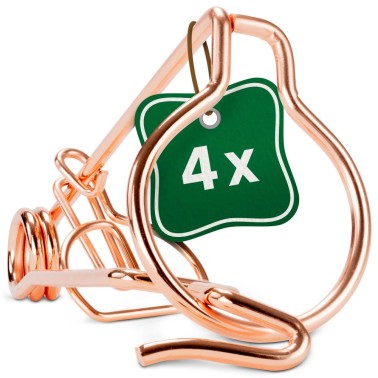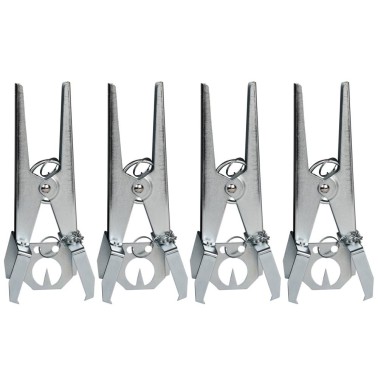Mole Deterrents
Mole Deterrents - How to Chase Moles
Discover how to chase moles from gardens and orchards, with the best selection of mole deterrents.
Mole Repellers - Frequently Asked Questions Recap
Moles are very sensitive to sounds and ground vibrations. Mole repellers take advantage of this innate fear by generating small vibrations in the ground that scare moles away. We offer effective and natural products that manage to repel moles, preventing soil mounds and the damage they cause to lawns and gardens.
How do vibration mole repellers work?
Vibration mole repellers emit low-frequency vibrations and sounds in the ground that are bothersome to moles and other underground rodents, causing them to leave the area. Coverage varies by model, but most vibration mole repellers cover an area of 300 to 1000 square meters.
Installation is simple. Insert the repeller into the ground, ensuring the device is firmly in contact with the soil to effectively transmit vibrations. Vibration mole repellers can run on batteries, solar power, or a combination of both, depending on the model.
Generally, vibration mole repellers require little maintenance. It is only necessary to periodically replace the batteries if they are not solar models.
Are they safe for pets and humans?
Yes, vibration mole repellers are safe for pets and humans. The vibrations and sounds emitted are not perceptible or harmful to them.
The repellers are designed to primarily affect moles and other underground rodents. They generally have no impact on other animals that do not live underground.
How long does it take for the mole repeller to be effective?
It can take from a few days to several weeks for the moles to completely leave the area. Effectiveness depends on the size of the infestation and soil conditions.
Can I use the mole repeller in any type of soil?
Yes, mole repellers work in most types of soil, but effectiveness may decrease in extremely compact or rocky soils.
What should I do if I don't see immediate results?
It is important to be patient. Moles may take a few days to several weeks to completely leave the area. Make sure the device is installed correctly and functioning continuously.
Can I use multiple mole repellers at the same time?
Yes, in large areas or with severe infestations, it is advisable to use multiple mole repellers to ensure complete and effective coverage.
Vole Traps - Frequently Asked Questions
How do vole traps work?
Vole traps are placed in underground tunnels and are activated when a vole passes through them, quickly trapping or eliminating the rodent.
What baits are most effective for vole traps?
Choosing the right bait can significantly increase the effectiveness of traps in combating vole infestations. Here are some baits that have proven effective:
- Fresh Fruits and Vegetables: Voles are attracted to fresh foods like apples, carrots, potatoes, and sweet potatoes. Cutting a small piece of any of these foods and placing it in the trap can be very effective.
- Plant Roots and Bulbs: Since voles feed on plant roots, using small roots or bulbs can be a natural and attractive option.
- Peanut Butter: Peanut butter is a popular bait due to its strong aroma and sticky consistency, making it difficult to remove without triggering the trap.
- Grains and Seeds: Grains such as oats, wheat, and barley, as well as sunflower seeds, can also attract voles.
Tips for Using Baits
- Bait Placement: Securely place the bait in the bait holder of the trap to ensure that the vole cannot easily remove it without triggering the trap.
- Bait Amount: Use a small amount of bait to prevent the vole from consuming it without triggering the trap. A pea-sized piece is usually sufficient.
- Bait Renewal: Check and replace the bait regularly, especially if there have been no captures in several days. Fresh baits are more attractive than dry or moldy baits.
- Bait Handling: Use gloves when handling the bait and traps to avoid transferring your scent, which can alert voles and cause them to avoid the trap.
By using these baits and following these tips, you can significantly increase your chances of success in capturing voles in your garden.
Can I use vole traps in winter?
Yes, you can use vole traps in winter. However, there are some factors to consider to ensure their effectiveness:
- Soil Conditions: If the soil is frozen, it may be more difficult to dig and place the traps. Make sure the soil is soft enough to excavate the tunnels.
- Vole Activity: Voles are less active during the colder months but may still be present. Placing traps in areas where you have seen recent activity will increase the chances of capture.
- Trap Maintenance: The galvanized metal of the traps is resistant to corrosion, but it is a good practice to check them regularly to ensure they are in good condition and functioning properly.
- Weather Protection: Ensure the traps are well covered with soil to protect them from direct exposure to snow and ice, which could affect their operation.
In summary, you can use these traps in winter as long as you consider soil conditions and vole activity. With proper care, the traps will remain an effective tool for controlling vole populations in your garden throughout the year.
How long do reusable vole traps last?
The lifespan of vole traps largely depends on their use and the conditions they are exposed to. However, since metal traps are made of galvanized metal, they are designed to be highly resistant to corrosion and wear. This means that with proper care, these traps can last for several years.
To maximize their lifespan:
- Regular Maintenance: Clean the traps after each use to prevent the buildup of dirt and debris.
- Proper Storage: Store the traps in a dry place when not in use to avoid moisture and corrosion.
- Periodic Inspection: Periodically check the moving parts and apply lubricant if necessary to keep the mechanism running smoothly.
In summary, with proper maintenance and care, these traps can last many years, providing you with an effective and durable solution for controlling vole infestations in your garden.
Are vole traps safe to use in a garden with pets and children?
The traps should be placed carefully in locations where pets and children cannot access them. It is advisable to supervise the area or use barriers to keep them away.
Where should I place vole traps?
The traps should be placed in active vole tunnels, which are usually near the lawn surface. Look for areas with signs of recent activity, such as soil mounds.
How often should I check the traps?
Whenever possible, the traps should be checked daily to remove any captured voles and to re-bait if necessary.
How should I dispose of captured voles?
Use gloves to handle and safely dispose of captured voles. Place them in a sealed garbage bag and throw them in an appropriate container.

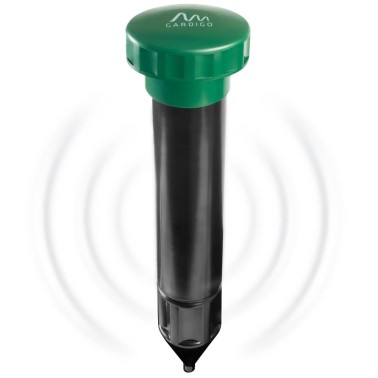
 3 reviews
3 reviews
